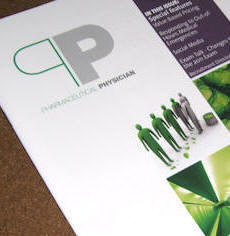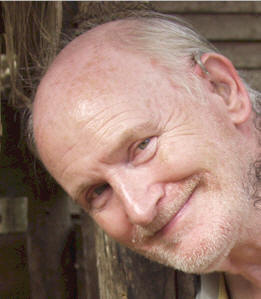

Hugh Gibbons'
references and extra information
PPhunnybone for September 2015
for
pharmaceutical physicians, colleagues and friends

 |
||
|
|
Hugh Gibbons'
references and extra information
|
|
|
PPhunnybonus Home |
PPhunnybones References |
PPhunnies at Work |
PPhood
for Thought |
PPhurther Education: Dip.App.Gelotology |
PPhunnybonus Contact |
|
|
|
||
|
CLINCHED IT FOR ME
My birthday present from my son Matt is
England v Wales in the Rugby World Cup at
Twickenham. We’ll be easy to spot – two of the
80,000 ignoring themselves on the big TV screen… Rugger and I go way back. My schooling was in the time of play-the-ball-with-the-foot after a tackle, the scrum half throwing the ball in at line-outs, no substitutes, and slices of lemon for the players during the five minutes of half time - served on the pitch, rain or shine. If shorts got torn, then the whole team formed a circle of modesty until they out were flung out to saucy shouts from the crowd. Players were lighter, slighter, slower, and all shapes and sizes and degrees of fitness and skill. Rugby was seriously amateur, and arguably more fun all round. Like the spectators, even internationals had ordinary lives and weekday jobs such as teachers, miners, lawyers, servicemen, farmers – and doctors. Wales may field a physician at Twickers – Dr Jamie Roberts. Aptly, there was one in 1881 when Wales played its first international. At half back was Edward John Lewis, a former Cambridge student. He’d also represented, er, Llandovery, and was a natural choice for the team of “gentleman players” that selector Richard Mullock put together. England won by seven tries and a drop goal. Lewis came off injured, eventually got his MB at Barts in 1887, specialised in paediatrics, and had a career at the Royal Free. In “Is There a Doctor on the Pitch?” John Jenkins, the BMA’s head of public affairs, celebrates the link between rugby and medicine. “Historically, playing rugby was allegedly fast-track into medical school – in London there was a hospital cup competition for the London medical schools, which was something of a big thing.” JPR Williams was an iconic figure in the famous Wales side of the 1970s. He earned 55 caps for Wales. Against England, in 10 Tests he scored five tries, and unlike EJL was never on the losing side. As an orthopaedic surgeon, “I used to say that I spent half my life breaking bones on the rugby field then the other half putting them back together in the operating theatre.” But it’s Ireland that produced my favourite rugby medic. No, not the great-hearted Jackie Kyle but the equally legendary James Daniel Clinch from a family with medicine and rugger in their blood. In the 1920’s Jamie was a 30-caps flanker of classically fearsome style. My very own Trinity College Dublin were in no hurry to lose such a valuable student in the university team, and ignored the little matter of natural academic progress. But after a decade on the books, it was felt that awarding Jamie a medical degree would be a token of appreciation and a help towards his chosen profession. A special exam board assembled. In Jury’s bar. There were two questions: “What’s your name?” “Jamie Clinch.” “Correct.” And then something appropriately medical. “Is this bone a tibia or a fibula?” “What the hell.” says your man, “D’ya think I’m going for first class honours?” |